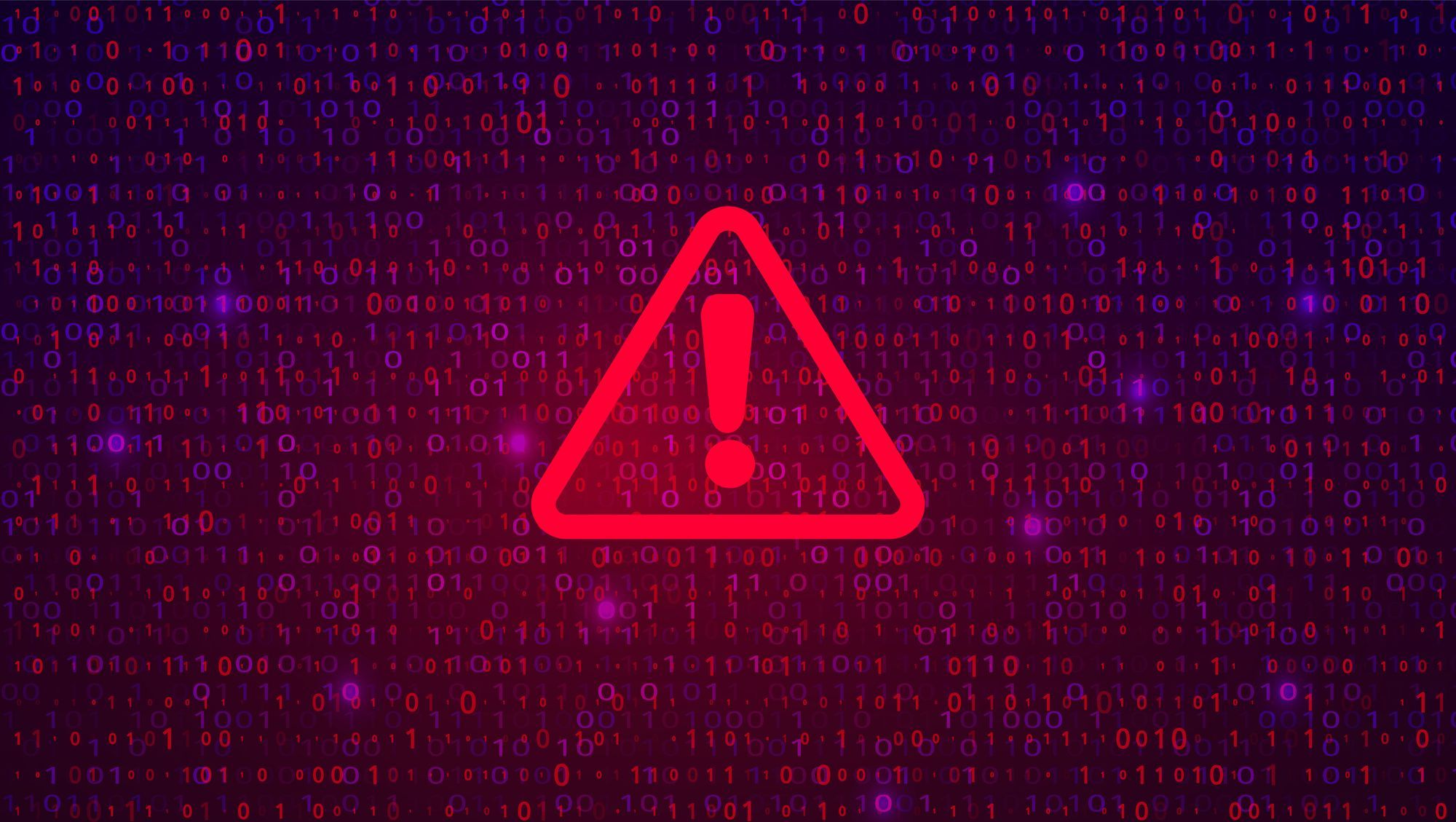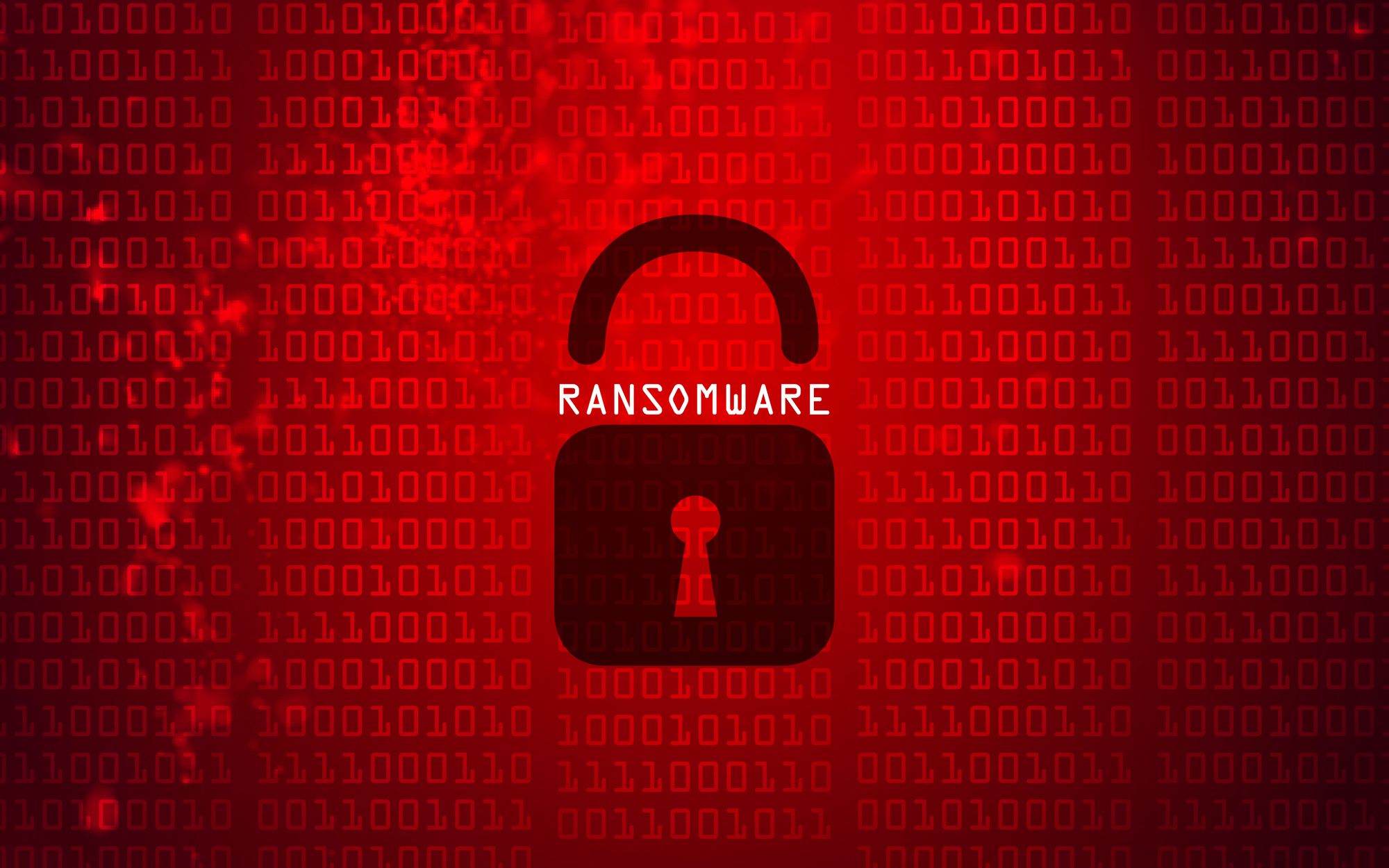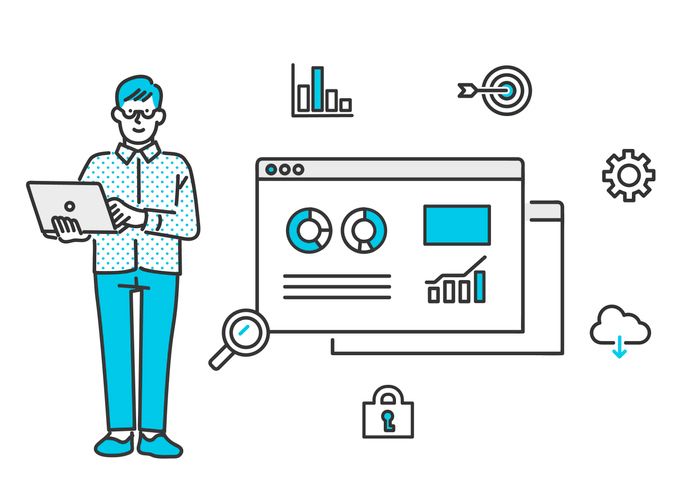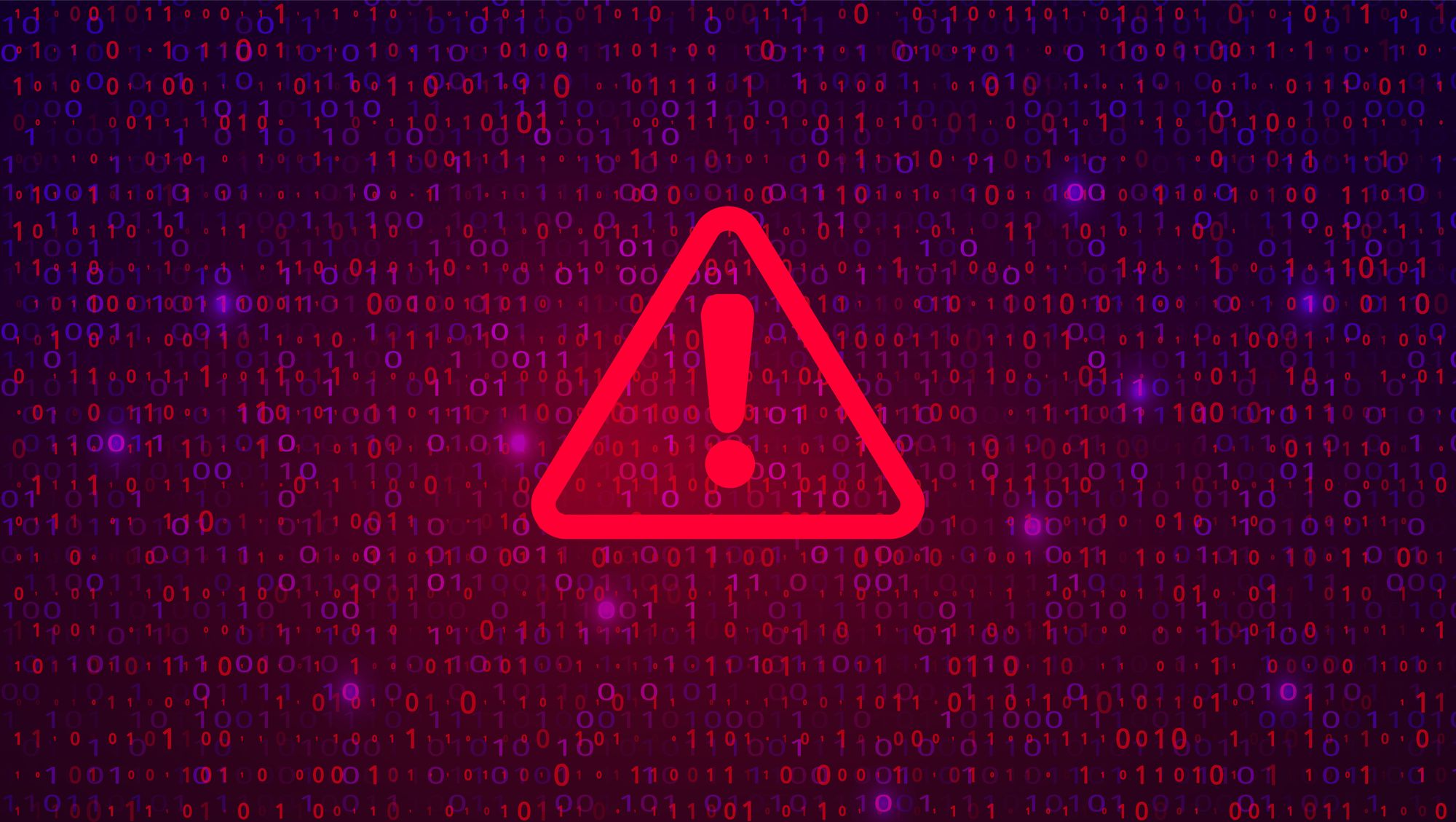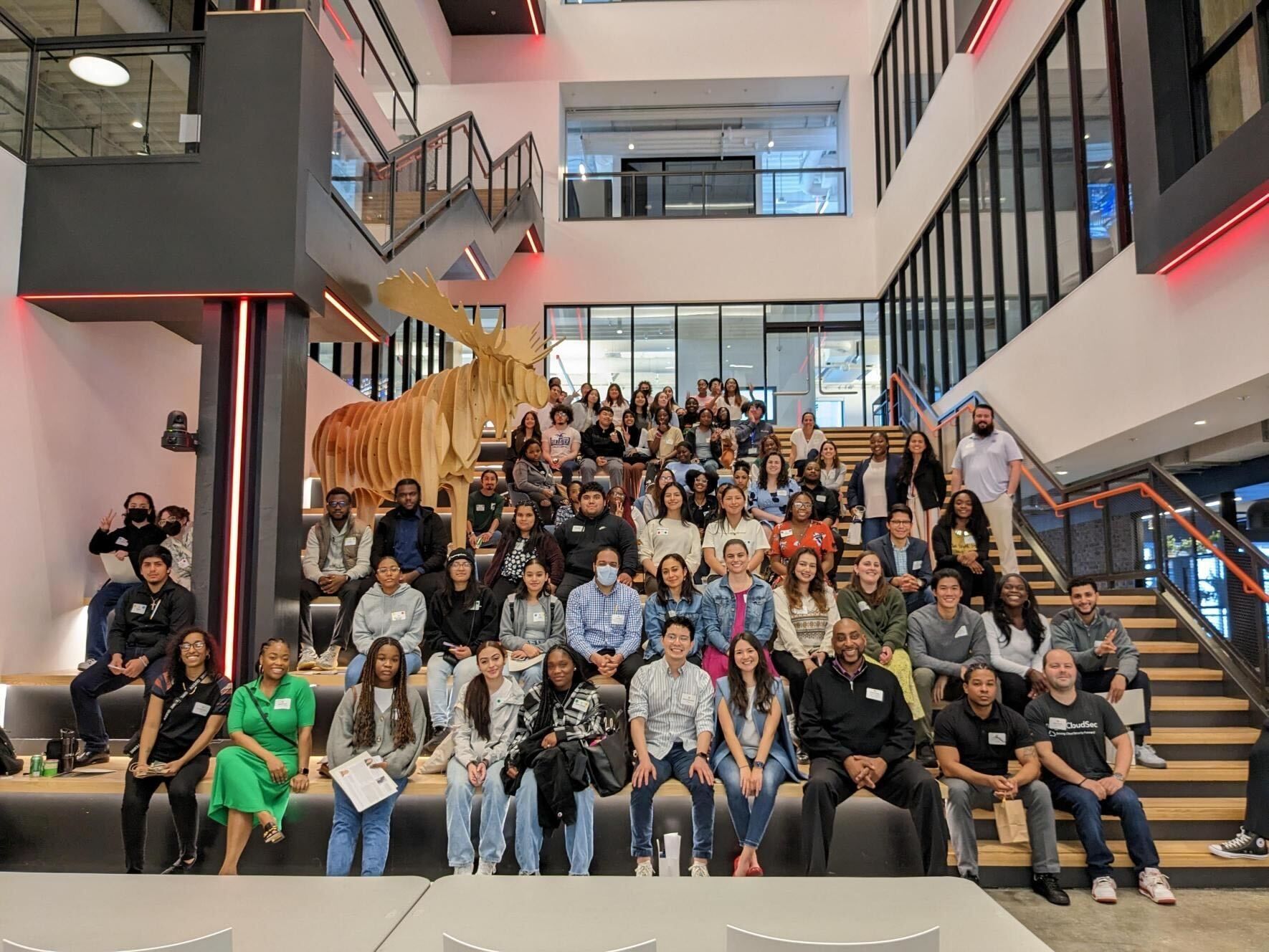Post Syndicated from Rapid7 original https://blog.rapid7.com/2023/05/10/the-velociraptor-2023-annual-community-survey/

By Dr. Mike Cohen & Carlos Canto
Velociraptor is an open-source project led and shaped by the community. Over the years, Velociraptor has become a real force in the field of DFIR, making it an obvious choice for many operational situations. Rapid7 is committed to continue making Velociraptor the premier open-source DFIR and security tool.
To learn more about how the tool is used in the community and what the community expectations are with regard to capabilities, features, and use cases the Velociraptor team distributed our first community survey in early 2023. We are using this information in order to shape future development direction, set priorities and develop our road map. We are grateful to the community members who took the time to respond.
As an open-source project, we depend on our community to contribute. There are many ways contributors can help the project, from developing code, to filing bugs, to improving documentation. One of the most important ways users can contribute is by providing valuable feedback through channels such as this survey, which helps to shape the future road map and new features.
We’re excited to share some of the responses we received in this blog post.
Of the 213 survey respondents, the majority were analysts (57%) and managers (26%), indicating that most of the respondents are people who know and use Velociraptor frequently.
We also wanted to get a feel for the type of companies using Velociraptor. Users fell pretty evenly into company sizes, with about 30% of responses from small companies (less than 100 employees) and 20% of responses from very large companies of 10,000 employees or more.
These companies also came from a wide range of industries. While many were primarily in the information security fields such as managed security service providers (MSSPs), consultants, and cybersecurity businesses, we also saw a large number of responses from the government sector, the aerospace industries, education, banking/finance, healthcare, etc.
With such a wide range of users, we were interested in how often they use Velociraptor. About a third said they use Velociraptor frequently, another third use it occasionally, and the final third are in the process of evaluating and learning about the tool.
Velociraptor use cases
Velociraptor is a powerful tool with a wide feature set. We wanted to glimpse an idea of what features were most popular and how users prioritize these features. Specifically, we asked about the following main use cases:
Client monitoring and alerts (detection)
Velociraptor can collect client event queries focused on detection. This allows the client to autonomously monitor the endpoint and send back prioritized alerts when certain conditions are met.
→ 12% of users were actively using this feature to monitor endpoints.
Proactively hunting for indicators (threat intelligence)
Velociraptor’s unique ability to collect artifacts at scale from many systems can be combined with threat-intelligence information (such as hashes, etc.) to proactively hunt for compromises by known actors. This question was specifically related to hunting for threat-feed indicators, such as hashes, IP addresses, etc.
→ 16% of users were utilizing this feature.
Ongoing forwarding of events to another system
Velociraptor’s client monitoring queries can be used to simply forward events (such as ETW feeds).
→ 6% of users were utilizing this feature.
Collecting bulk files for analysis on another system (digital forensics)
Velociraptor can be used to collect bulk files from the endpoint for later analysis by other tools (for example, using the Windows.Collection.KapeFiles artifact).
→ 20% of users were using this feature regularly.
Parsing for indicators on the endpoint (digital forensics)
Velociraptor’s artifacts are used to directly parse files on the endpoint, quickly returning actionable high-value information without the need for lengthy post processing.
→ 21% of users use these types of queries.
Proactive hunting for indicators across many systems (incident response)
Velociraptor can hunt for artifacts from many endpoints at once.
→ 21% of users benefit from this capability.
We further asked for the relative importance of these features. Users most valued the ability to collect bulk files and hunt for artifacts across many systems, followed by the ability to directly parse artifacts on the endpoints.
Backwards compatibility
Some users deployed Velociraptor for limited-time engagements so they did not need backwards compatibility for stored data, as they wouldn’t be upgrading to major versions within the same deployment.
Other users required more stable data migration but were generally happy with removing backwards data compatibility, if necessary. For example, one response stated “I would rather you prioritize improvements over compatibility even if it breaks things.”
Another user explained: “In a typical Incident Response scenario, Digital Forensics data has a shelf life of a few weeks or months at best and I am comfortable with the convertibility and portability of much of the data that Velociraptor collects such that archival data can still be worked with even if newer versions of the server no longer support a deprecated format/archive. I think there will be workarounds if this becomes an issue for folks with mountains of legacy data that hasn’t been exported somewhere more meaningful for longer term storage and historical data analytic/intelligence purposes.”
Generally, most users indicated they rarely or never needed to go back to archived data and reanalyze.
Version compatibility
The Velociraptor support policy officially only supports clients and servers on the same release version. However, in reality it usually takes longer to upgrade clients than servers. While some users are able to upgrade clients promptly, many users estimate between 10-50% of deployed clients are a version (or more) older than the server. Therefore, the Velociraptor team needs to maintain some compatibility with older clients to allow time for users to upgrade their endpoints.
The offline collector
The offline collector gives users a way to use Velociraptor’s artifacts without needing to deploy a server. This feature is used exclusively by about 10% of users, while a further 30% of users employ it frequently.
Most users of the offline collection deploy it manually (50%). Deploying via another EDR tool or via Group Policy are also robust options. Some users have created custom wrappers to deploy the offline collector in the field. The offline collection supports directly uploading the collection to a cloud server using a number of methods.
The most popular upload method is to an AWS S3 bucket (30%) while the SFTP connector in the cloud or a custom SFTP server on a VM are also popular options (20% and 23%, respectively). Uploading directly to Google Cloud Storage is the least popular option at about 5%.
Manual copy methods were also popular, ranging from EDR-based copying to Zoom file copy.
Azure blob storage was a common request that Velociraptor currently does not support. Many responses indicate that SFTP is currently a workaround to the lack of direct Azure support. The Velociraptor team should prioritize supporting Azure blob storage.
Data analysis
Velociraptor supports collecting raw files (e.g. Event log files, $MFT etc.) for analysis in other tools. Alternatively, Velociraptor already contains extensive parsers for most forensic artifacts that can be used directly on the endpoint.
Most users do use the built-in forensic parsing and analysis artifacts (55%) but many users also collect raw files (e.g. via the Windows.Collection.KapeFiles artifact).
VQL artifacts
Velociraptor uses the Velociraptor Query Language to perform collections and analysis. The VQL is usually shared with the community via an artifact. Most users utilize the built-in artifacts as well as the artifact exchange. However, over 60% of users report they develop their own artifacts, as well. For those users who develop their own artifacts, we asked about limitations and difficulties in this process.
A common theme that arose was around debugging artifacts and the lack of a VQL debugger and better error reporting. Training and documentation were also pointed out as needing improvement. A suggestion was made to enhance documentation with more examples of how each VQL plugin can be used in practice.
In a related note, the Velociraptor team is running a training course at BlackHat 2023. Developers will impart detailed information on how to deploy Velociraptor and write effective custom VQL.
Role-based access controls
Velociraptor has a role-based access control (RBAC) mechanism where users can be assigned roles from administrator, to investigator, to read-only access provided by the reader role. Users generally found this feature useful—40% found it “moderately useful,” 20% “very useful” and 15% “extremely useful”.The main suggestions for improvements include:
- Easier management through the GUI (as of version 0.6.8 all user ACLs are managed through the GUI)
- Custom roles with more granular permissions
- Better logging and auditing
- The ability to allow a specific role to only run a pre-approved subset of artifacts
- A way to only run signed/hashed VQL / prevent a malicious artifact being dropped on the server
- Making it clearer what each permission grants the user
Multi-tenant support
Velociraptor offers a fully multi-tenanted mode, where organizations can be created or decommissioned quickly with minimal resource overhead. This feature is used by 25% of respondents, who are mainly consultants and service providers using it to support multiple customers. Some companies use multi-tenancy to separate different divisions or subsidiaries of the business.
Client monitoring and alerting
Velociraptor can run event queries on a client. These VQL queries run continuously and stream results to the server when certain conditions are met. Common use cases for these are to generate alerts and enhanced detection.
Some users deploy client monitoring artifacts frequently while others see it as an alternative to EDR tools, when these are available. The primary use-case breakdown was:
- Detection (e.g. alert when an anomalous event occurs): 27% of users
- Collection of client events (e.g. forward process event logs to an external system): 18% of users
- Remediation (e.g. quarantine or remove files automatically): 15% of users
→ 30% of users do not use client monitoring at all.
The most common pain point with client monitoring is the lack of integrated alerting capability (an issue currently being worked on). Some useful feedback on this feature included:
- Better support for integration with business tools (e.g., Teams, Slack, etc.)
- Easier to manage event data
- Not having to build a server side artifact for each
client_event artifact
- A dashboard that lists all alerts
- An easier way to forward alerts based on severity
- Lack of pre-built detection rules/packs—in other words, it would be easier to tune down, than to build up
The Quarantine feature
Velociraptor can quarantine an endpoint by collecting the Windows.Remediation.Quarantine artifact. This artifact tunes the firewall rules on the endpoint to block all external network communication while maintaining connectivity to the Velociraptor host. This allows for an endpoint to be isolated during investigation.
The feature is fairly popular—it was “sometimes used” by about 30% of users and “always used” by another 12%.
How is Velociraptor deployed?
Velociraptor is a very lightweight solution, typically taking a few minutes to provision a new deployment. For many of our users, Velociraptor is used in an incident response context on an as-needed basis (46%). Other users prefer a more permanent deployment (25%).
For larger environments, Velociraptor also supports multi-server configuration (13% of users), as well as the more traditional single-server deployment option (70% of users). While some users leverage very short-lived deployments of several days or less (13%), most users keep their deployment for several weeks (27%) to months or permanently (44%).
Velociraptor is designed to work efficiently with many endpoints. We recommend a maximum of 15-20k endpoints on a single server before switching to a multi-server architecture (although users reported success with larger deployment sizes on a single server). This level of performance is adequate in practice for the majority of users.
Many users run deployments of less than 250 endpoints (44%) while a further 40% of users deploy to less than 5,000 endpoints.
Approximately 10% of users have deployment sizes larger than 25,000 endpoints, with 2% of users over 100,000 endpoints.
Popular operating systems
Among Velociraptor’s supported operating systems, Windows 64-bit is the most popular (with 82% of users ranking it the most-deployed OS type), while Linux is the next most popular deployed endpoint OS. Mac is the third popular choice for Velociraptor’s users. Finally, 32-bit Windows systems are still prevalent, as well.
Resources and references
Velociraptor’s website at https://docs.velociraptor.app/ contains a wealth of reference material, training courses, and presentations. We also have an active YouTube channel with many instructional videos.
While some users ranked the website as “extremely useful” (25%), there is clearly room for improvement. 42% of users rated it as only “very useful” or “moderately useful” (28%).Suggestions for improvements included:
- More in-depth YouTube videos breaking down the tool’s features with workflows
- More detailed “how to” with practical examples
- Improved documentation about functions and plugins, with a slightly more detailed explanation and a small example
- Updates to the documentation to reflect the new versions and features
Testimonials
Finally, I wanted to share with you some of the testimonials that users wrote in the survey. We are humbled with the encouraging and positive words we read, and are excited to be making an impact on the DFIR field:
- "I have to congratulate you and thank you for developing such an amazing tool. It’s the future of DFIR."
- "Awesome product, can’t wait to use it in prod!"
- "This is a game-changer for the DFIR industry. Keep up the great work."
- "Keep the file system based backend, its simplicity makes chain of custody/court submissions possible."
- "I thoroughly love Velociraptor. The team and community are absolutely fantastic. I would go as far as to say that Mike and Matthew Green are my favorite infosec gentlemen in the industry."
- "Y’all are awesome. I feel like I was pretty critical, but that’s because this is an amazing software, and I want to see it continue to grow and improve."
- "We have been deploying Velociraptor to client environments almost since it was released. Our DFIR business model is entirely centered around it and it works very well for us. It is a great solution that just keeps getting better and better."
Conclusions
This is our first Velociraptor community survey, and it has proven to be extremely useful. Since Velociraptor is a community-led, open-source project, we need an open feedback loop to our users. This helps us understand where things need improvement and which features should be prioritized.
At the same time, since Velociraptor is an open-source project, I hope this survey will inspire contributions from the community. We value all contributions, from code to documentation, testing, and bug reports.
Finally, for all of our US-based users, we hope to see you all in person this year at BlackHat 2023! Join us for an in-depth Velociraptor training and to geek out with VQL for 4 days, learning practical, actionable skills and supporting this open-source project.
Keep Digging!


